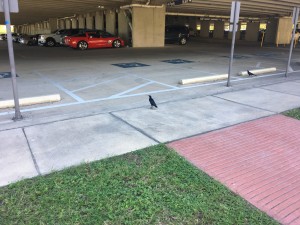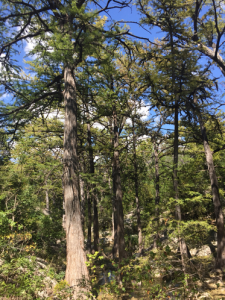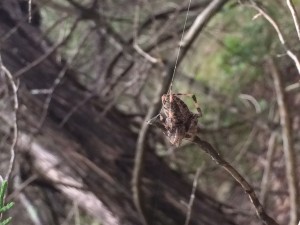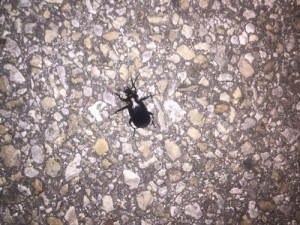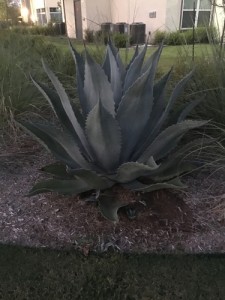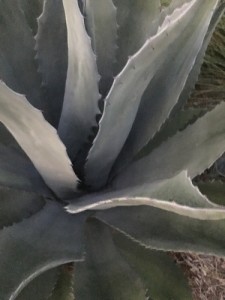I wake up every morning to this beautiful Texas Ash (Fraxinus texensis) outside of my window. I live next to Walnut Creek in north Austin, and this tree is part of the riparian ecosystem near the creek.
The Texas Ash is a medium-sized tree with an oval crown. It’s range is from the Dallas area to Central Texas and west to the Edwards Plateau, on rocky limestone hillsides, bluffs, and ridges. You can identify it by it’s opposite and compound leaves that are 5″ to 8″ long, with 5 oval or round leaflets arranged pinnately. The leaf is dark green on top, much lighter below.
Although I did not identify any flowers at this time of year, male and female flowers are borne on separate trees. Female flowers are in loose clusters appearing with the new leaves, while male flowers appear as dark, purplish clusters near the end of the twigs, often before the leaves. It’s bark is gray, with brown or black blotches, furrowed, with the interlocking flattened ridges common to the ashes.
You can find my iNaturalist post here.


Source: http://texastreeid.tamu.edu/content/treedetails/?id=37
